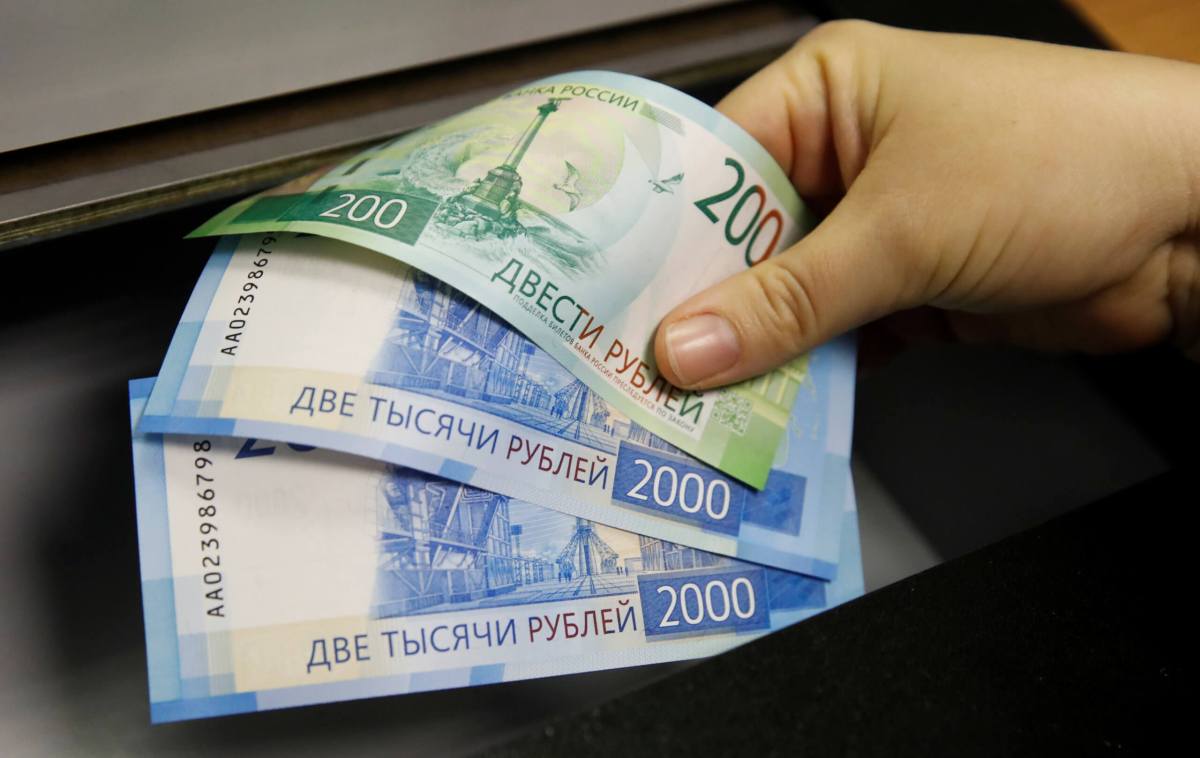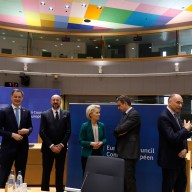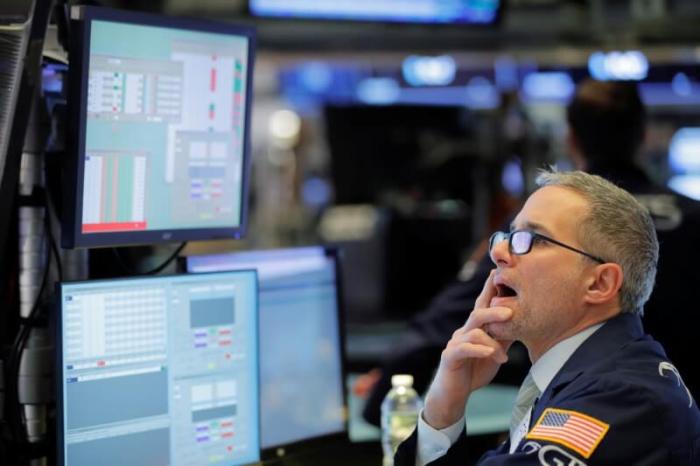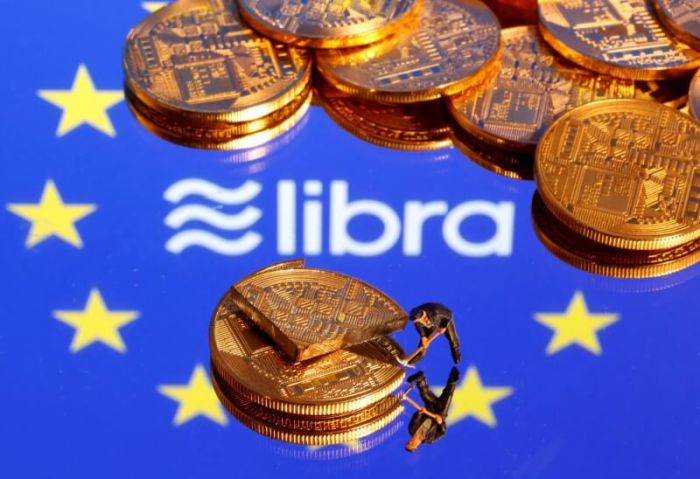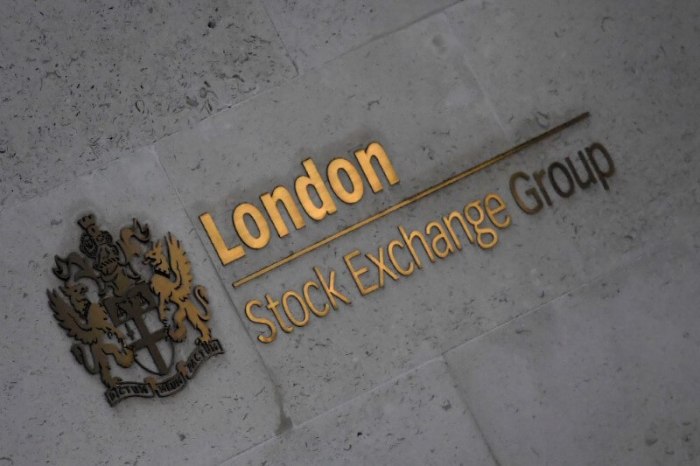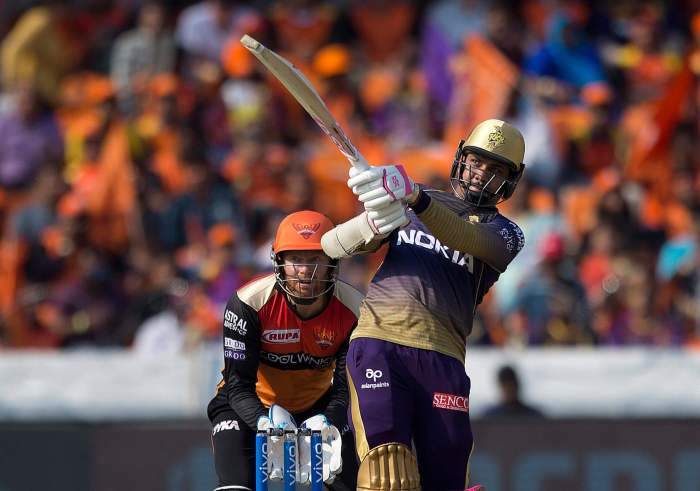By Andrey Ostroukh
MOSCOW (Reuters) – Economic growth in Russia is set to gather pace in 2020 along with consumer inflation as the central bank completes its cycle of interest rate cuts in the first quarter of the year, a monthly Reuters poll showed on Tuesday.
Gross domestic product is on track to expand by 1.2% in 2019, according to the consensus forecast of 18 analysts and economists polled in late December, up from the 1.1% projected a month ago.
“The year of 2019 was an uneasy one for the Russian economy, although this could be said about all previous years, especially starting from 2014,” Raiffeisen Bank said. The West first imposed sanctions on Moscow in 2014 for its role in the Ukrainian crisis and annexation of Crimea.
“The key theme for the Russian economy next year are national projects and the announced spending of the National Wealth Fund.”
Russian authorities plan to step up state spending on an array of projects, from infrastructure to healthcare, in an attempt to boost sluggish economic growth.
In 2020, GDP growth is seen picking up to 1.8%, the poll showed, undershooting 2.3% growth recorded in 2018.
Inflation, the central bank’s main responsibility, is expected to end this year at 3.1% before picking up to 3.8% by the end of 2020, the poll showed.
A month ago, the poll predicted inflation at 3.3% this year and 3.7% next year.
The Russian central bank, which targets a 4% inflation rate, is expected to cut rates further, bringing the key rate to 6% in the first quarter, where it is likely to hold it in the future.
“Communications from Russia’s central bank suggest that, after one more interest rate cut in early 2020, policymakers will be in no rush to loosen policy further,” Capital Economics research firm said.
Forecasts for rates at the end of 2020 varied from 5.50% to 6.75%. Most of the forecasts in the Reuters poll were based on at least 10 individual projections.
The rouble outlook improved from a month ago but still implied weakening from current levels. It is expected to trade at 64.20 to the dollar and 73.20 to the euro 12 months from now. The previous poll foresaw exchange rates of 64.65 and 74.20, respectively.
On Tuesday, the rouble’s official exchange rates, set by the central bank, were 62.25 per dollar and 69.00 per euro. The Russian currency gained slightly in light trade to near its strongest levels since 2018.
(Reporting by Andrey Ostroukh, additional reporting by Elena Fabrichnaya, editing by Larry King)

